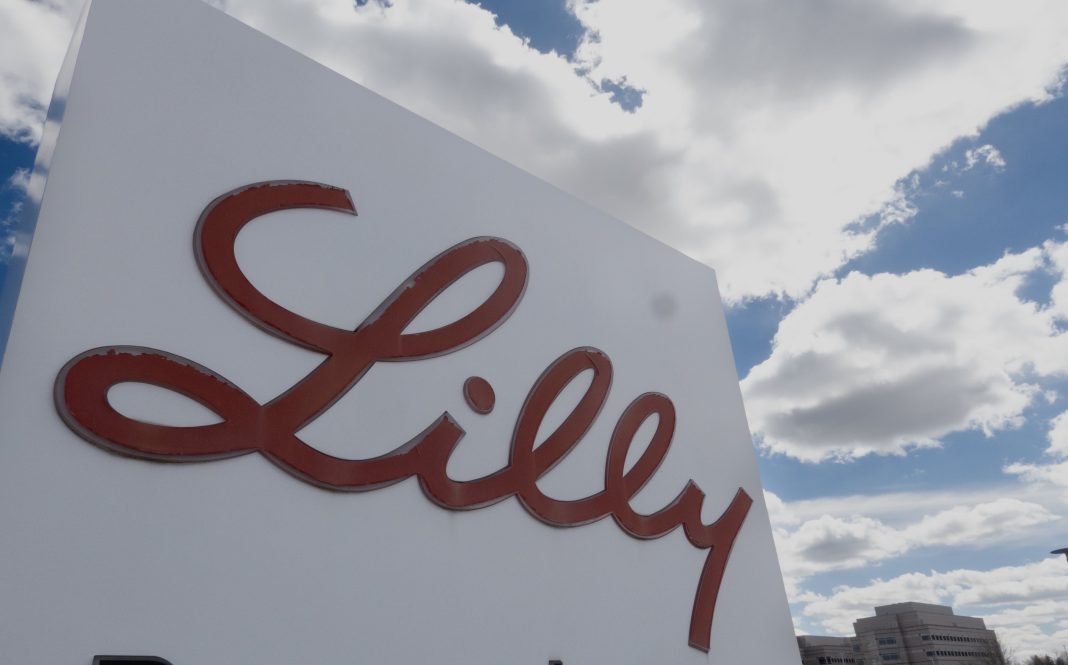Eli Lilly is embarking on an ambitious journey that could redefine pharmaceutical manufacturing and significantly bolster its drug development pipeline. The company has announced a staggering investment of $4.5 billion to construct the Lilly Medicine Foundry, a pioneering facility designed to innovate and streamline the manufacturing processes of its medicines. Set to open in late 2027, this state-of-the-art center will not only focus on the research and development of new manufacturing techniques but will also implement these methods for the production of drugs intended for clinical trials.
David Ricks, Eli Lilly’s Chief Executive Officer, emphasizes the visionary nature of the foundry: “The idea is to take molecules from a bench in a lab to scaled for medicines in a pharmacy, and this research and development site will do that work.” This dual-function approach—combining research and production—marks a significant evolution in how pharmaceutical companies operate, and Lilly is positioning itself as a leader in this domain. The foundry will be strategically located near a $9 billion manufacturing complex in Lebanon, Indiana, which will produce key pharmaceutical ingredients like tirzepatide, the active compound in Lilly’s breakthrough weight loss drugs, Mounjaro and Zepbound.
The timing of this investment is critical. Mounjaro and Zepbound are part of a growing class of GLP-1 receptor agonists, which have gained immense popularity for their effectiveness in weight management. Collectively, these drugs are projected to generate a staggering $50 billion in revenue by 2028—almost double Lilly’s total revenue for the entire year of 2022. This surge in revenue not only provides Lilly with the financial muscle to invest in innovation but also raises the stakes for the company to continue developing new therapeutics that can sustain its growth trajectory.
Beyond weight management, Eli Lilly is aggressively exploring other therapeutic areas, with ambitious plans to tackle Alzheimer’s disease and neurodegenerative conditions such as amyotrophic lateral sclerosis (ALS). Dr. Dan Skovronsky, Lilly’s Chief Scientific Officer, notes, “There are all of these huge opportunities to improve human health that are hiding in plain sight.” This perspective underscores a strategic shift in the industry, where Lilly is not merely reacting to competitors but actively seeking to lead in areas traditionally dominated by others.
Neuroscience, in particular, is identified as a priority. Lilly has a rich history in this field, from the introduction of Prozac to the recent approval of Kisunla for Alzheimer’s treatment. Ricks acknowledges the significant unmet needs in neuropsychology, encompassing addiction, mental health, and neurodegenerative disorders, and asserts that the company is investing heavily in these domains. This commitment is not only about addressing current issues but also about leveraging successes in obesity treatments to fund innovative research in these critical areas.
However, Lilly’s ambitions in obesity do not end with its current offerings. The company has a robust pipeline of 11 obesity drugs under development, each with unique mechanisms of action and delivery methods. Among these are two promising candidates entering Phase 3 trials: an experimental oral medication named orforglipron and an injectable drug called retatrutide. Ricks highlights the importance of diversification in treatment options, acknowledging that no single drug can address all needs. He expresses a keen interest in exploring new technologies that may allow for less frequent injections, such as short interfering RNA therapies, and emphasizes the potential for innovative pill formulations that target multiple pathways.
The stakes are high, as Lilly aspires to become the first trillion-dollar healthcare company. With its stock soaring nearly 65% over the past year, bringing its market capitalization to approximately $840 billion, the company is on an upward trajectory. Yet, Ricks downplays the pursuit of a trillion-dollar valuation as a primary goal. “We want to do valuable things, and if we’re successful, we create value,” he asserts, framing success in terms of meaningful contributions to healthcare rather than just financial metrics.
In conclusion, Eli Lilly is not just investing in infrastructure; it is investing in the future of medicine. By creating the Lilly Medicine Foundry, the company is setting a precedent for how pharmaceutical research and production can evolve in tandem, ultimately benefiting patients through enhanced access to innovative therapies. As Lilly continues to navigate the complexities of drug development, its commitment to addressing significant health challenges, from obesity to neurodegenerative diseases, positions it as a formidable player in the pharmaceutical landscape. The coming years will be crucial for the company as it strives to maintain its leadership in an ever-competitive market, and its successes will be closely watched by investors, healthcare professionals, and patients alike.

